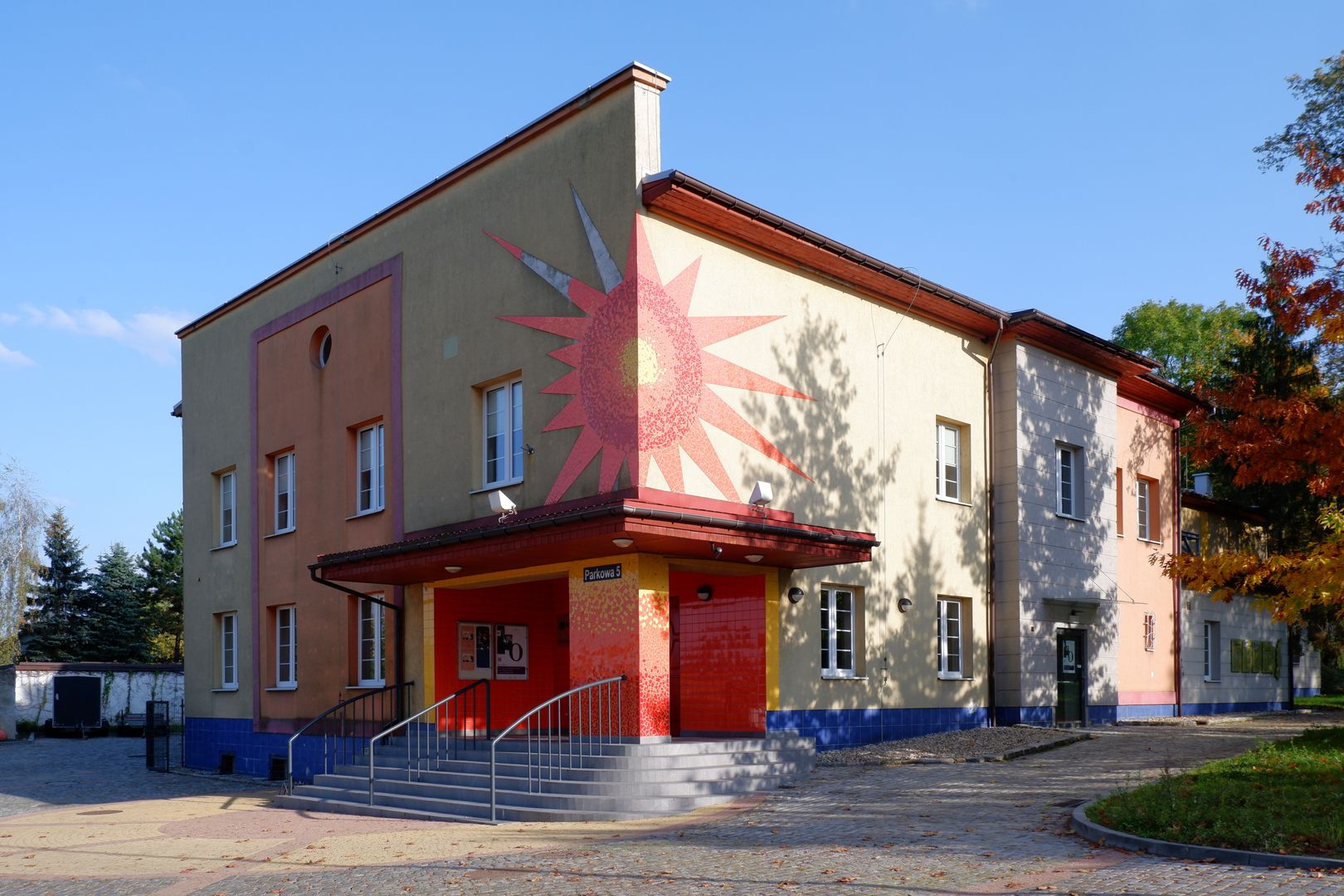Bojków
6.07

Overview
Bojków, formerly known as Szywałd, is a district of Gliwice with a rich history dating back to the 13th century. The first records of the settlement come from 1263, and the name Schönwald, meaning "beautiful forest," points to its German origins. Szywałd was established through the colonization by German settlers brought in by the Cistercian monastery in Rudy, who maintained their cultural distinctiveness for nearly 700 years. The village was a unique example of an authentic German rural community within the Upper Silesian Industrial Region. It was characterized by its own dialect and unique traditions, such as wedding rituals and a centuries-old embroidery tradition, which even produced items like the curtain for the theater in Gliwice. In 1921, during the plebiscite, the residents almost unanimously voted to remain part of Germany. After World War II, in 1945, the village suffered war damage, and the German population was expelled in three stages, leading to a significant demographic shift. Following administrative changes, the village was Polonized, with its name changed to Bojków in 1946, and its incorporation into Gliwice in 1975 marked a new era in its history. Today, Bojków is divided into three parts: Dolny (Lower), Środkowy (Middle), and Górny (Upper). The district is home to the A1 highway and a major road junction connecting the A4 and national road 78, which supports its development. Bojków also hosts Primary School No. 8 named after Maria Dąbrowska and sports clubs such as KS Bojków Gliwice, which plays in the B-class league. The area is home to several churches, including the Church of the Nativity of the Blessed Virgin Mary, and chapels that play an important role in the local community. The rich history of Bojków, its architectural heritage, and cultural traditions form a valuable part of the region's identity.
Location
Tickets
Powered by GetYourGuide
2025 Wizytor | All Rights Reserved